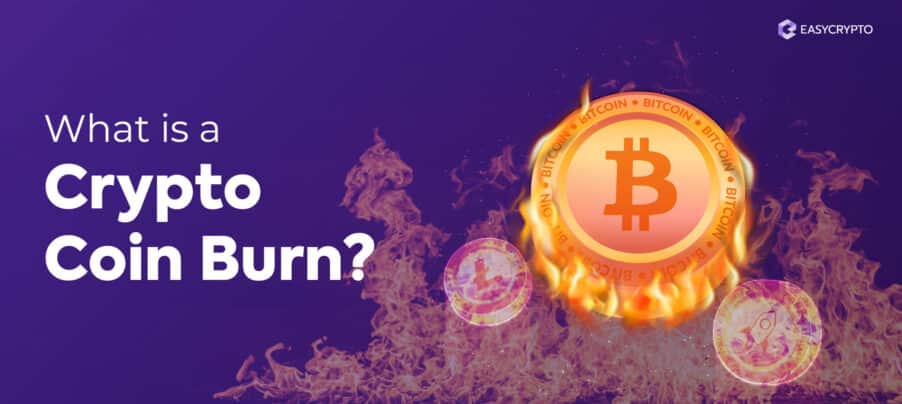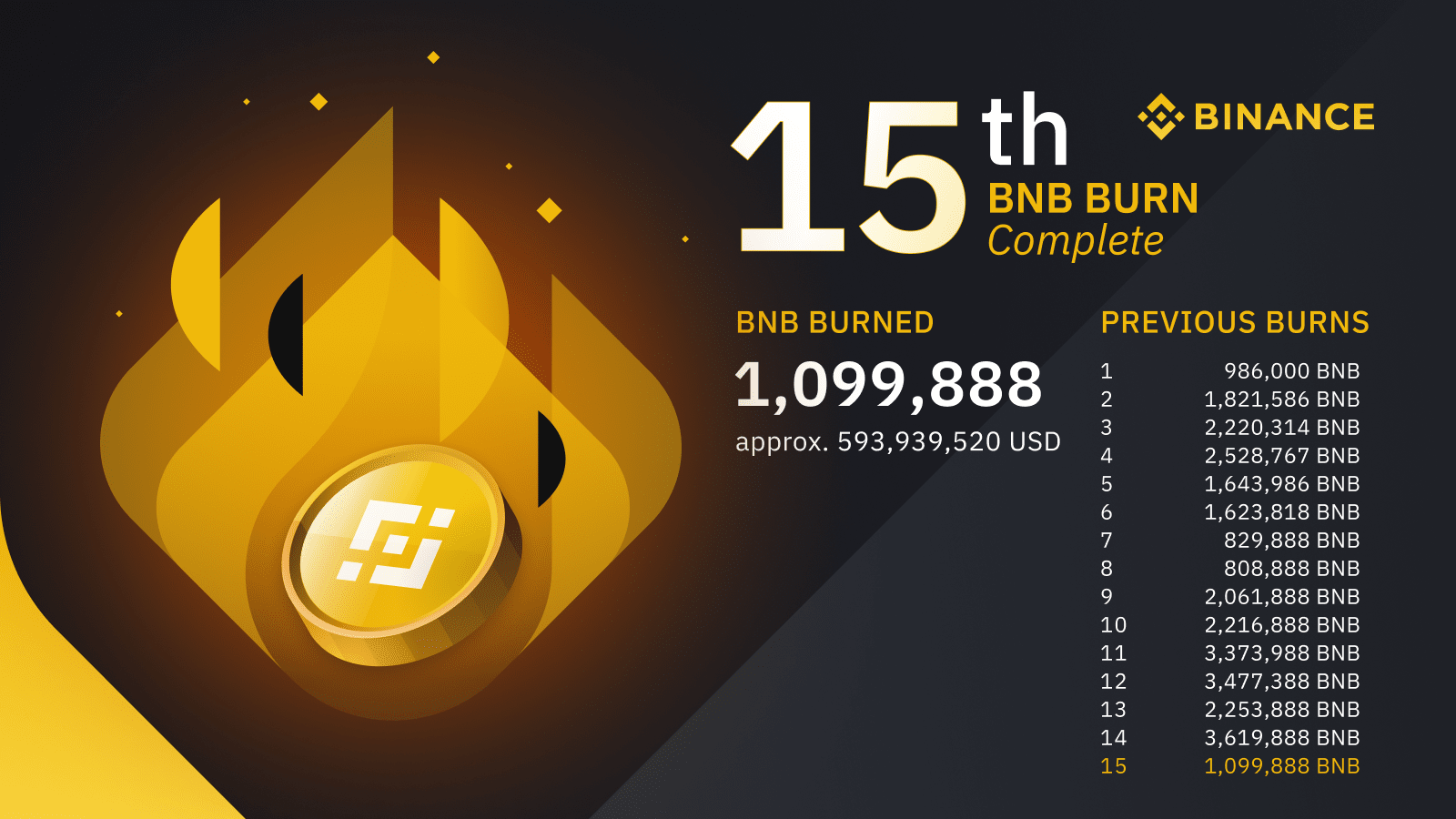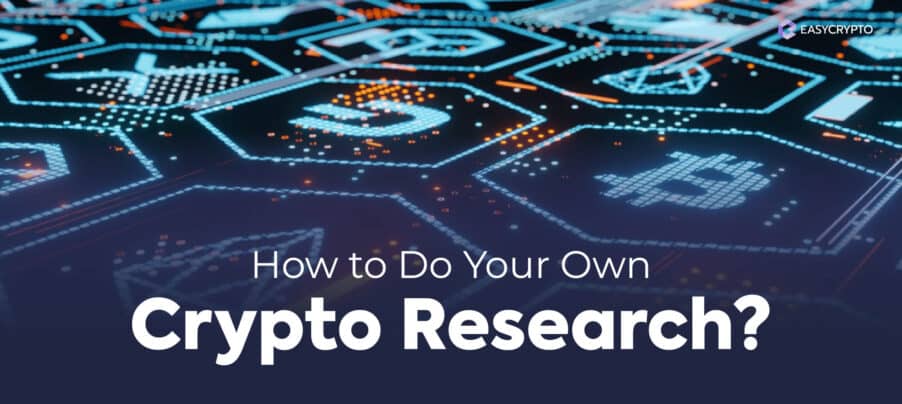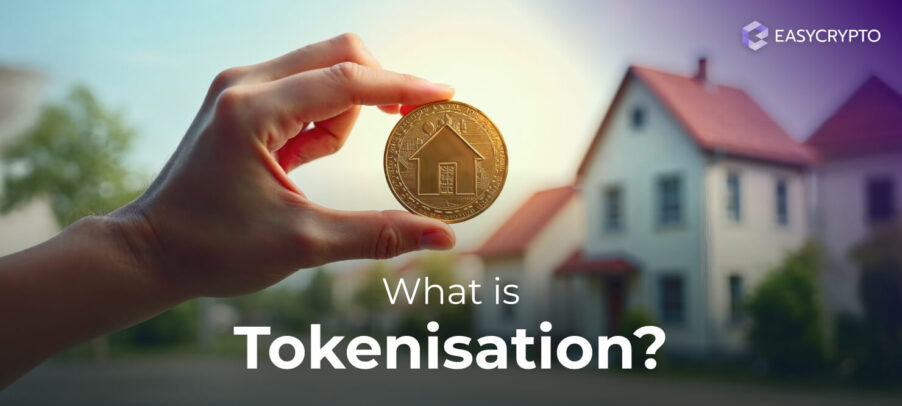What is a Crypto Coin Burn?
Crypto coin burn - you've heard of the term before, but what is coin burn exactly? And how does it work? Take a closer look.


Ah yes, the crypto coin burn, or simply known as “a coin burn”. A term that often floats on the crypto headlines every now and then. While burning something is often associated with a bad thing, in the case of crypto, it’s something that can actually be a good thing.
In this article, we will discuss exactly what a crypto coin burn is and how it can affect the value of a coin.
What is a crypto coin burn?
What does crypto coin burn mean?
A crypto coin burn is simply the process of removing a particular amount of coins or tokens from circulation.
The process of burning coins involves removing coins from the total circulating supply permanently, for a purpose. Sometimes likened to corporate stock buybacks, coin burning is done by sending otherwise usable coins to an unusable wallet or “Burn wallet”.
The burn wallet is a wallet that no one has the private keys for, meaning no one can transact using this wallet, effectively removing any balance in that wallet from the circulating supply as they become unusable. This increases the scarcity of the coin, which can result in price appreciation or perceived value.
What is the purpose of a crypto coin burn?
As prefaced above, a crypto coin burn removes an amount of coins or tokens from circulation resulting in scarcity of that particular coin, thereby increasing its perceived value.
However, a coin burn can also be implemented to slow down the rate of inflation in assets such as stablecoins, (cryptocurrencies whose value is pegged to another asset, such as the US Dollar).
The controlling authority of the stablecoin can burn or mint new tokens as needed to keep the stablecoins value at a near-constant level.
Read more: What are stablecoins?
How are coins burned?
There are a few methods of engaging a coin burn. Coin burns can be integrated at the protocol level or, implemented as an economic policy.
So what do both of these terms mean?
- Protocol coin burning: The coin burn is implemented as a core function of the coin’s blockchain by design, meaning any coin that has a function of burning or removing tokens on purpose would fall into this category as this has been a planned function implemented by the development team.
- Proof of Burn (PoB): is a consensus mechanism that is used to secure and validate a blockchain system, it is seen as a more cost-effective method of securing and validating a blockchain compared to other consensus methods. It is also a good example of coin burning being implemented as a protocol.
- Economic Policy: When it’s part of policy it wasn’t designed into the protocols of the coin’s blockchain, instead this method is implemented by the cryptocurrency project itself as an economic policy or event. These burns can be one-offs or recurring over a certain period of time.
So who’s actually done this?
A lot of projects have initiated coin burns and coin burning protocols, Crypto.com, Ecomi, Stellar, Tron, Ripple and even Binance. But for this article, we’re going to use Binance as an example and the burning of their BNB tokens.
Probably one of the most popular and widely known coin burns in the crypto space, Binance has opted for the economic policy method with regards to burning their BNB token.
The Binance exchange burns BNB tokens every quarter, reducing the token supply artificially to create a long-term supply and demand ratio. Binance has allocated its funds of 80 million BNB (40% of total supply), as well as any BNB, received as commission, for burning.
The goal with Binance’s burn is to reduce the total supply from 200 million to 100 million BNB which was explained in their whitepaper.

From January to March 2021 Binance completed their 15th quarterly burn, burning a total of 1,099,888 BNB (equivalent to $346,475,718USD at the time of writing this article) bringing the total supply of BNB down from 170,532,825 BNB to 169,432,937 BNB.
Further reading: What is Binance Coin (BNB)?
Closing thoughts
Are coin burns good? Do they help or hinder a project?
All of this depends on the project and the intentions behind the burns, is the burn just fan service to artificially inflate the value of the coins with no real meaning or reasoning behind it?
Or is there a thought-out policy or fundamental reason it was built into the protocol? These are things that you will need to decide when looking at buying into a project that has a burn mechanic planned or built-in.
As with anything in crypto, make sure you do your due diligence and research anything before putting your hard-earned money into it.
With that said, explore more topics on our Learn Site to dig deeper into the crypto space!
As always, stay safe!
More on crypto safety: Visit our Hub.
Share to
Stay curious and informed
Your info will be handled according to our Privacy Policy.
Make sure to follow our Twitter, Instagram, and YouTube channel to stay up-to-date with Easy Crypto!
Also, don’t forget to subscribe to our monthly newsletter to have the latest crypto insights, news, and updates delivered to our inbox.
Disclaimer: Information is current as at the date of publication. This is general information only and is not intended to be advice. Crypto is volatile, carries risk and the value can go up and down. Past performance is not an indicator of future returns. Please do your own research.
Last updated February 17, 2025





